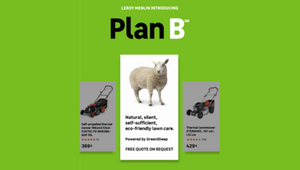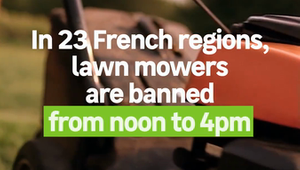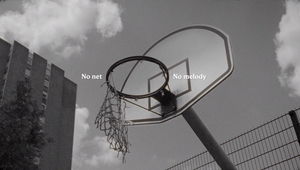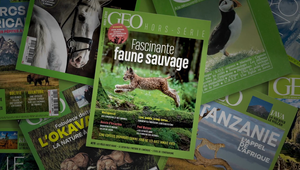
GEO Magazine's Impossible Shots Are AI Tributes to Vanished Wildlife

GEO magazine and BETC Fullsix agency has unveiled an unprecedented editorial and creative project: to bring back to life in photographs five animal species that have disappeared due to human activity.
Thanks to artificial intelligence and close collaboration with the world's leading specialists in these species, the couagga, Steller's sea cow, the dodo, the thylacine, and the koala lemur are brought back to life in strikingly realistic images. This is an essential work of remembrance and awareness-raising at a time when the disappearance of living species is accelerating.
A world first combining scientific rigor and technological innovation
This ambitious project responds to a dual challenge: to use artificial intelligence in an ethical and scientifically rigorous manner to create photographs of extinct animals that are 'as true to life as possible.' To achieve this, GEO and BETC Fullsix mobilised a multidisciplinary team of internationally renowned journalists, creatives, biologists, and palaeontologists.
Under the leadership of Sylvie Redon-Clauzard, science journalist for GEO, the project benefited from the expertise of:
- Éric Buffetaut (palaeontologist at the CNRS) and Jolyon Parish (palaeontologist) for the selection of species and information about the dodo
- Daryl Domning (paleontologist at Howard University, Washington) for the Steller's sea cow
- Stephen Sleightholme (director of the International Thylacine Specimen Database) for the thylacine
- Peter Heywood (biologist at Brown University, Providence) for the couagga
- Laurie Godfrey (palaeontologist at the University of Massachusetts, Amherst) for the koala lemur
An exemplary use of artificial intelligence
In a context where AI often generates a massive production of visuals with no added value, this project demonstrates an ingenious use of this technology: useful, accurate, and meaningful.
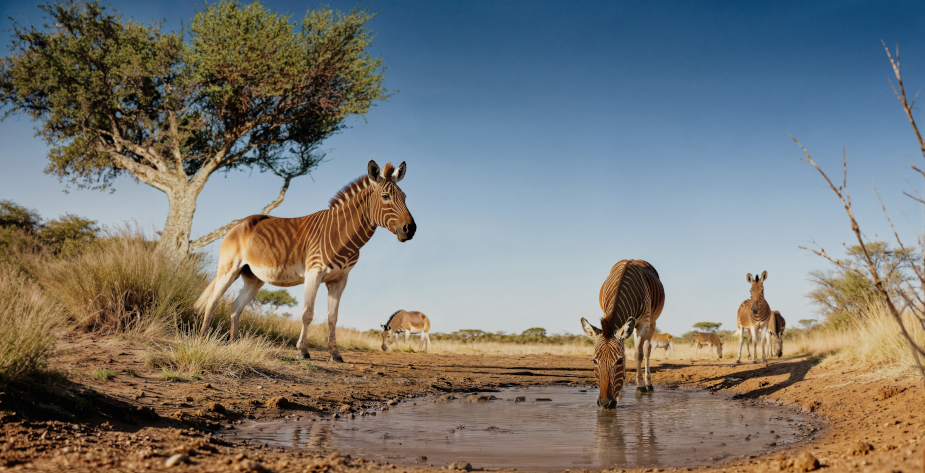
“This is exactly how we see the use of AI at BETC Fullsix,” emphasises Tiphaine du Plessis, president of BETC Fullsix. “A tool at the service of a strong creative project, with a clear purpose. Here, we have put AI at the service of life and scientific truth.”
To do this, BETC Fullsix used Vermeer, its proprietary AI image generation tool co-developed with Prose on Pixels. This technology allows total control of the creative process, ensuring that each image perfectly matches the creative team's vision while guaranteeing the originality and legal compliance of the results.
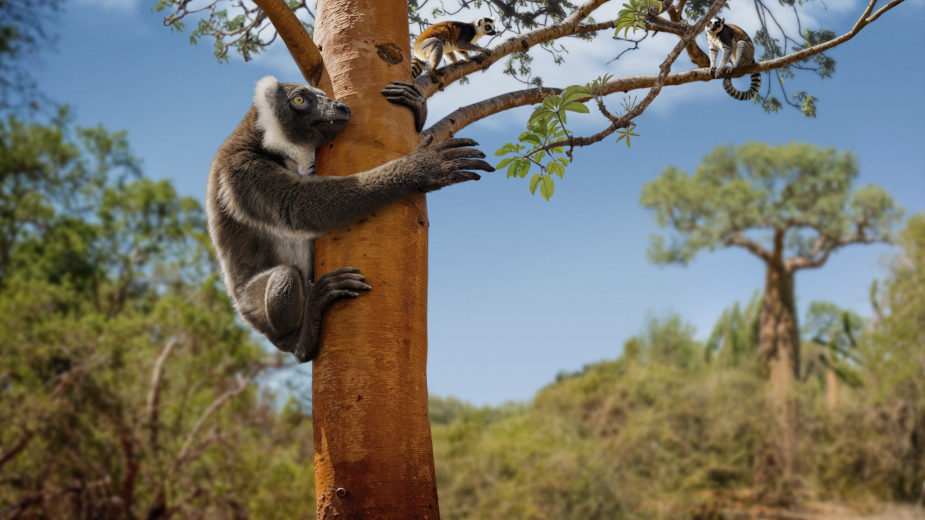
“This is the project we've been waiting for to take the leap and publish AI-generated images in GEO,” explains Myrtille Delamarche, editor-in-chief of GEO. "This subject demonstrates that, when used properly, this tool enables augmented journalism, rather than cheaper but inferior journalism. In this case, it has led us to publish a story that we would not have been able to cover in a picture magazine like ours, due to a lack of reliable images of these animals. It is both the closest representation of the current state of scientific knowledge on these species and the most effective way to raise public awareness of the urgent need to take action against the ongoing mass extinction, because it makes them real and memorable."
A unique creative process
The team conducted research to gather the most recent and reliable scientific data on these species: explorers' sketches, paintings, skeletons, taxidermied specimens, and old photographs. Each document was analysed and validated by scientists to feed into Vermeer.
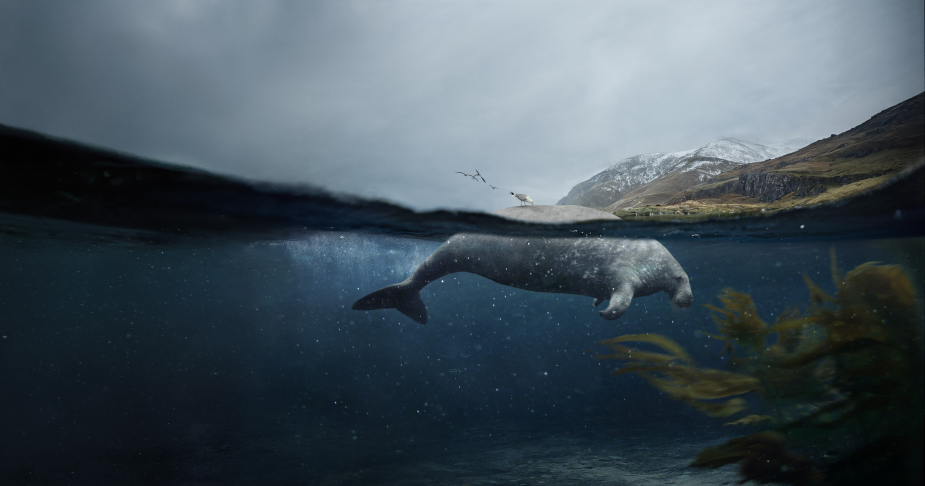
“Artificial intelligence can only create what it knows,” explains the team. “Organ by organ, the machine was trained and constrained to come as close as possible to the true appearance of these animals.” This precision work required countless back-and-forth exchanges between creatives, journalists, and scientists until the anatomy and original ecosystems of each species were faithfully recreated.
A powerful message in defense of life
For more than 45 years, GEO has been the magazine of choice for those interested in our planet and its inhabitants. Through its field reports and high-quality photos, GEO documents, conveys, and defends the beauty of the world and nature. With this exceptional project, the magazine continues its mission: to show what can no longer be seen and to remind us of the urgency of preserving what can still be saved.
If we forget these species, we will forget that we caused their disappearance. Each image generated, treated like a wildlife photograph, is an act of remembrance, a rejection of collective amnesia, and an invitation to protect the species that are still alive.
The five species represented have all disappeared as a result of human activity:
- The koala lemur (extinct between the 10th and 17th centuries)
- The dodo (in the 1660s)
- The Steller's sea cow (around 1768)
- The couagga (around 1883)
- The thylacine (officially in 1936)
These animals, which are impossible to photograph, and the story of their extinction can be discovered in the special issue of GEO magazine entitled 'Fascinante Faune Sauvage' (Fascinating Wildlife), available on newsstands on August 6th









